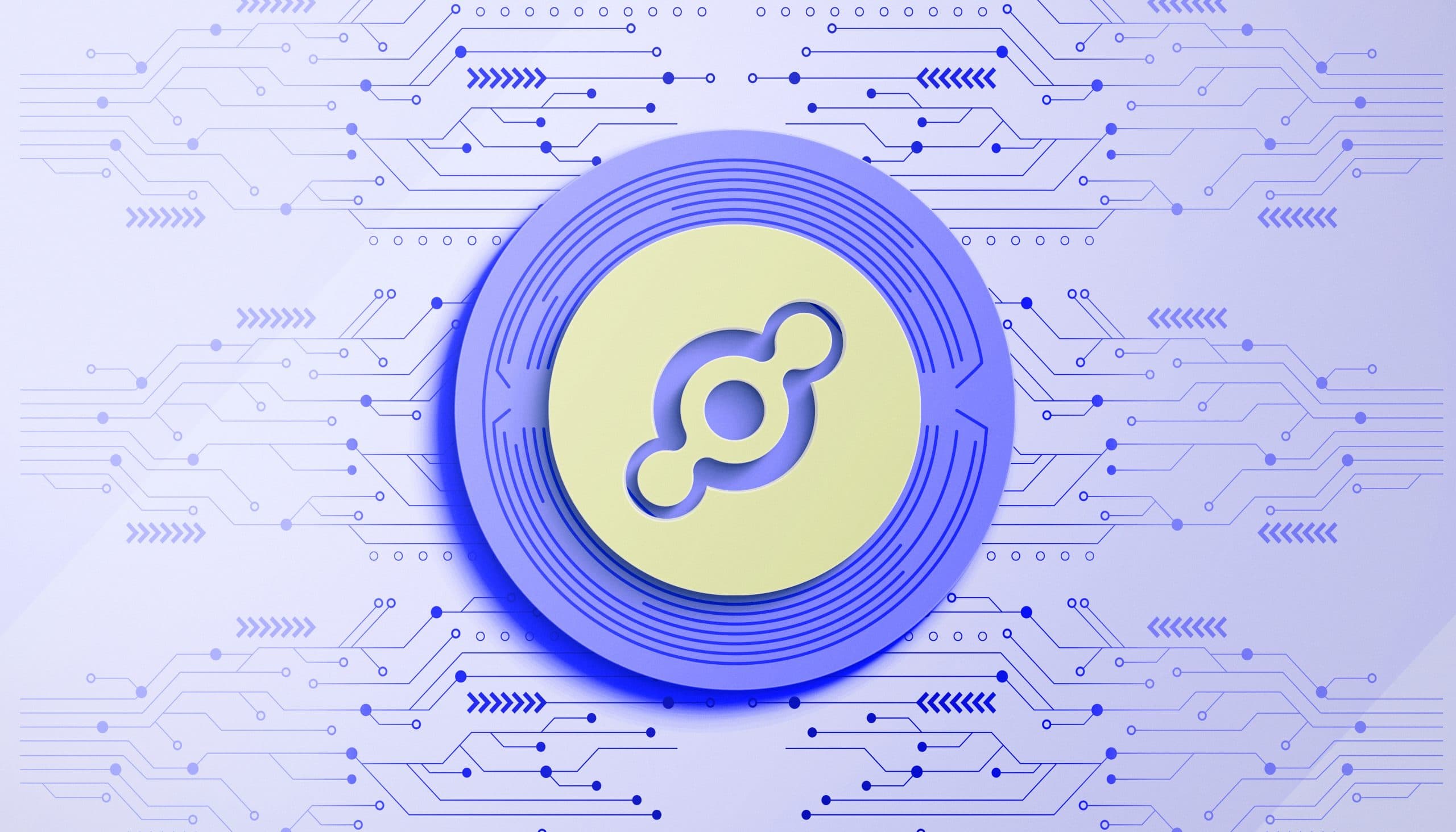Helium’s mission is to create a universal and affordable Internet connection for everything and everyone. Just 3 years since the beginning, Helium has achieved quite a lot:
- The world’s largest IoT network with 943,000 locations deployed in 72,000 cities and 182 countries
- Nearly 4,000 Helium 5G radios have been deployed in 1,000 cities and 48 US states since MOBILE Rewards launched less than a month ago.
- Nearly 100 million data packets were transferred over the network in August
Last week, the core developers released HIP 70 – a new initiative that aims to improve Helium to meet the needs of network builders and users now and in the future, while continuing to stay true to its mission. To achieve this, HIP 70 proposes the creation of a new architecture for proof of coverage and data transfer, and changes to the layer 1 (L1) blockchain, Solana.
There’s a lot to take away from this post, so we’ve provided a tl;dr of HIP 70 and the latest questions from the community.
HIP 70 Data Transfer Functionality Migration to Oracles – Key Benefits:
- More rewards for Hotspot owners. With the proposal, 2 million HNT return to the rewards pool annually, benefiting Hotspot owners across IoT and 5G networks.
- More chances of mining. Proof-of-Coverage becomes more consistent. Instead of beaconing and witnessing every few hours or days, it will happen consistently, every hour.
- Better network. Data transfer for devices is faster, more reliable, and more scalable.
Reasons to use Solona’s Decentralised, Scalable Computing Platform
When this journey started, we were limited by the options for blockchain support compared to today. No one could have predicted the pace of growth Helium has experienced over the past 3 years.
The goal to scale Helium to support more types of networks forced us to re-evaluate maintaining the current L1 Helium blockchain. After analyzing multiple blockchains, core developers chose Solana to massively scale the network and allow the core team to focus on supporting the growth of additional networks and building innovative wireless applications.
Three key reasons why we recommend Solana:
- The Helium core developers no longer need to maintain our blockchain.
- Solana has a massive ecosystem of developers, applications, and integration teams.
- HNT becomes natively compatible with other innovative projects within the Solana ecosystem, driving more utility to HNT, MOBILE, and IOT token holders.
Users of the network will gain better support in the form of hardware and software wallets, DeFi, NFT marketplaces, and composability with other applications in the Solana ecosystem.
We’re also excited about the Solana Mobile Stack, Saga phone, and how they may play a role in Helium’s future.
Does HNT go away?
No! In fact, its role is more important than ever. HNT continues to drive the flywheel for all network creation and usage. Moreover, all network usage requires HNT for Data Credits, such as IoT and 5G network usage. As usage grows across networks, the value of the HNT ecosystem increases.
Do we earn SOL?
No. HNT, MOBILE and IOT continue to be the tokens in the Helium ecosystem. SOL is the native token of the Solana blockchain, and unrelated to HIP 70 or Helium.
Does Proof-of-Coverage go away?
Nope. Proof-of-Coverage is here to stay. HIP 70 should make Proof-of-Coverage significantly more consistent and reliable for Hotspot owners.
What is the relationship between MOBILE and HNT? Does it change by using Solana?
The relationship between MOBILE and HNT is unchanged with Solana’s L1 blockchain. As a 5G Hotspot Owner, you continue to earn MOBILE tokens for providing cellular coverage that will be redeemable for HNT.
Is there any impact to my Hotspot?
No. Hotspots should see more consistent Proof-of-Coverage activity with beaconing and witnessing occurring every hour. In addition, 2 million HNT return to the rewards pool annually, benefiting Hotspot owners across IoT and 5G networks.
What happens to my wallet?
A new version of the Helium Wallet App will be made available to support the upgrade. Other than updating your app, users do not need to take any action. Users will keep their same 12/24 word seed phrases, but have a different public address on the Solana blockchain.
HNT holders will also be able to use other wallets within the Solana ecosystem such as Phantom or Solflare.
What’s the impact on the current Helium IoT and 5G networks?
The IoT and 5G networks will continue to grow and expand as they have been, while benefiting from greater reliability and scalability that comes with the upgraded architecture proposed in HIP 70.
HIP 70 talks a lot about Oracles. What are they?
Oracles are servers that provide blockchains with off-chain data. For Helium, Oracles will provide Proof-of-Coverage activity and Data Transfer information to the Solana blockchain in order to accurately distribute token rewards.
What do Oracles do?
Currently, Proof-of-Coverage and Data Transfer transactions are processed on the Helium blockchain. HIP 70 proposes to move this to Oracles to simplify the entire architecture and ensure data continues to flow and Hotspots can participate in Proof-of-Coverage, even if the blockchain itself is offline.
It’s important to note that the Oracles themselves don’t run on Solana. They are a separate infrastructure that is independent of the blockchain to improve resiliency and performance. Even if Solana were to experience temporary downtime or increases in fees, Oracles are not impacted.
What if Solana’s blockchain stops producing blocks or has a temporary outage?
Using Oracles helps to keep data flowing on Helium, even if Solana stops producing blocks or experiences temporary outages.
What happens to Validators?
Validators are an entity on the Helium blockchain that issue challenges, verify transactions, and add new blocks to the blockchain. With Oracles and the HIP 70 proposal, the work Validators do is no longer required.
However, Validators can redeploy their staked HNT to what’s known as veHNT (vote-escrowed HNT), a new governance token for all of the Helium networks. veHNT gives holders voting power on key Helium ecosystem decisions, and the ability to earn IOT and MOBILE tokens (which can be redeemed for HNT). Alternatively, Validators can choose to unstake with the same 5-month cool down period.
Can I stake HNT after HIP 70?
Yes! Any HNT holder will be able to stake their HNT in the form of veHNT. Unlike Validators today, HNT holders can stake any amount of HNT without any minimum and receive voting power and token yield based on how long they decide to lock their HNT for.
More details around how veHNT works can be found in the HIP51 proposal.
Are people using the IoT network?
Yes. In August 97 million data packets flowed through the Helium IoT network, from GPS location tracking to air quality monitors to temperature sensors and more. A sample of users is here.
Hardware is hard. It takes time and capital to build viable products and applications. It has taken 3 years for the Helium community to build the first wireless network in its current form and the network only became truly usable roughly 6–9 months ago. Over time, more Helium-enabled products and applications will come to market, driving overall usage on the network.
Is IoT Data Transfer impacted?
The new proposed architecture for Data Transfer in HIP 70 will provide a more reliable, scalable, and accessible platform that allows anyone to use the Helium Network with an existing LoRaWAN Network Server (LNS) such as ChirpStack, The Things Stack, or AWS.
How do new LoRaWAN devices join the network?
No change required to join devices until the new architecture is ready. Once available users will have more choice about which LoRaWAN Network Server (LNS) to use and onboard devices.
Via this site


